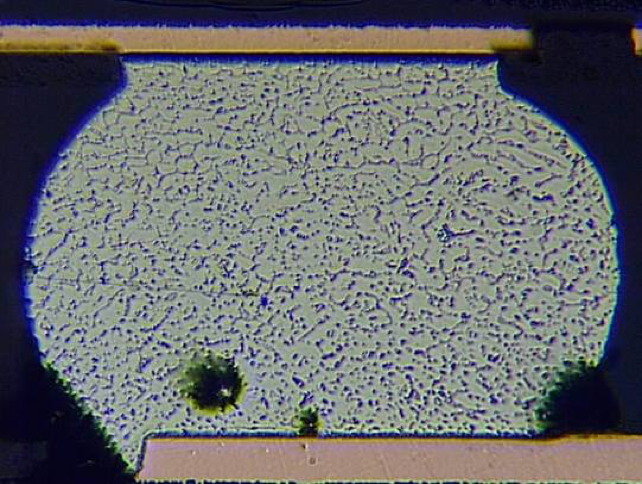
Solder Joint Analysis is an increasingly difficult and complex process. Today, engineers are required to locate defects on complex circuit boards. In many ways, this is akin to locating a needle in a haystack, where the needles get smaller and the haystack gets bigger every year. Engineers are required to understand a variety of disciplines in order to effectively perform solder joint analysis. This requires knowledge of subjects like: design, testing, technology, processing, materials science, and chemistry. Failed boards and low yields can lead to customer returns and idle manufacturing lines that can cost a company millions of dollars a day. Your industry needs competent analysts to help solve these problems. Solder Joint Analysis is an online course that offers detailed instruction on a variety of effective tools, as well as the overall process flow for locating and characterizing the defects responsible for the failure. This course is designed for every manager, engineer, and technician working in the electronics field, using electronic components or supplying tools to the industry.
By focusing on a Do It Right the First-Time approach to the analysis, participants will learn the appropriate methodology to successfully locate defects, characterize them, and determine the root cause of failure.
Participants learn to develop the skills to determine what tools and techniques should be applied, and when they should be applied. This skill-building series is divided into three segments:
- The Structure of a Solder Joint. Participants learn about the materials and processing techniques for solder joining. This includes not only the solder joint materials, but also the finishes on the chips and the boards that aid in the joining process.
- The Tools and Techniques. Participants learn the strengths and weaknesses of a variety of tools used for analysis, including fault isolation techniques, materials characterization tools, package analysis tools, sample preparation, and surface science tools.
- Case Histories. Participants identify how to use their knowledge through the case histories. They learn to identify key pieces of information that allow them to determine the possible cause of failure and how to proceed.
- The course will provide participants with an in-depth understanding of the tools, techniques and processes used in solder joint analysis.
- Participants will be able to determine how to proceed with a submitted request for analysis, ensuring that the analysis is done with the greatest probability of success.
- The course will identify the advantages and disadvantages of a wide variety of tools and techniques that are used for solder joint characterization.
- The course offers several video demonstrations of analysis techniques, so the analyst can get an understanding of the types of results they might expect to see with their equipment.
- Participants will be able to identify basic technology features on electronic components and boards.
- Participants will be able to identify a variety of different failure mechanisms and how they manifest themselves.
- Participants will be able to identify appropriate tools to purchase when starting or expanding a laboratory.